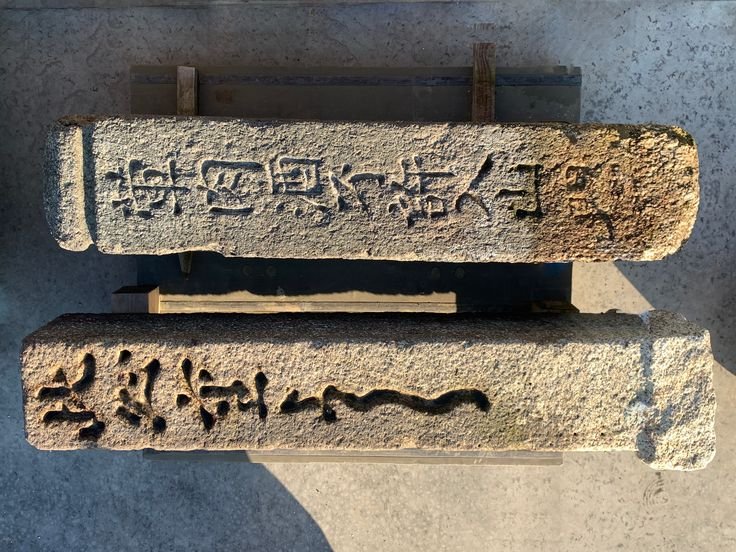An easy beginner’s guide to learning Japanese Hiragana and Katakana
An easy beginner’s guide to learning Japanese Hiragana and Katakana
Estimated reading time: 6 minutes
Teachers and textbooks usually advise learning hiragana and katakana, or the “kana,” while starting a Japanese language study. The development of learners’ fluency in Japanese is greatly aided by these writing systems.
With the help of the suggested techniques and resources, you can learn how to write, type, and read Japanese kana. Once you get into it, you might even find yourself wanting to watch Japanese dramas with Japanese subtitles rather than English ones. It sounds inspiring, doesn’t it?
Japanese is written using three primary scripts, or alphabets: hiragana, katakana, and kanji.
Chinese characters that have been adapted for use in contemporary Japanese writing are known as Japanese kanji (漢字). Most Japanese words (nouns, adjectives, and verbs) are written in kanji.
Chinese characters that have been adapted for use in contemporary Japanese writing are known as Japanese kanji (漢字). Most Japanese words (nouns, adjectives, and verbs) are written in kanji. Japanese has no spaces, therefore using kanji to indicate the beginning of a word might be helpful. Kanji characters are symbols that symbolize words.

Both hiragana and katakana consist of roughly fifty characters. This figure should not frighten you. When you consider it, there are 104 distinct ways that the English alphabet might appear, including print, cursive, and capital and lowercase letters.
All hiragana and katakana characters make phonetic sounds, just like the English alphabet. This means that こ makes the “ko” sound, ん makes the “n” sound, に makes the “ni” sound, ち is “chi”, and “は” in this situation is pronounced as “wa”. Together, こんにちは reads as “konnichiwa”. You can use hiragana to read the sound of a kanji character. Hiragana and katakana share the same sounds but have distinct characters.
Japanese Hiragana
Grammar is the main application for Hiragana („Å≤„Çâ„Åå„Å™). In Japanese, the suffix “-ing” would be written in hiragana. Hiragana is used to write words with exceedingly difficult or rare characters, as well as participants and emotions. Compared to Kanji characters, Hiragana characters are simpler and curvier, making them easier to recognize.
私の名前は優也です。
寿司を食べます。
英語は難しい…
There are some cases where Japanese words use hiragana more often than kanji, such as かわいい (kawaii) or さようなら (sayounara).
Japanese Katakana
Although katakana („Ç´„Çø„Ç´„Éä) expresses the same sounds as hiragana, its main function is to represent words that are not native to Japan. Many cuisines and names from other countries are written in katakana. Both katakana and hiragana are used to express the humorous and quirky onomatopoeia of Japan.
Compared to hiragana characters, katakana characters are more angular in shape and seem more straightforward than kanji characters. Each katakana character has an equivalent hiragana character that has the same pronunciation.
レディー・ガガ (Lady Gaga)
ジョン・スミス (John Smith)
The small circle in between the above-mentioned names distinguishes a first name from a last name (or two names) so that Japanese readers can tell where a foreign name begins and ends.
ビールを飲んでみましょう!(Let’s drink beer!)
私はアメリカンフットボールが好きです!(I like American football*.)
マクドナルドで食べる。(Eat at McDonald’s.)
How to learn Japanese hiragana and katakana
The first thing you should do is keep a hiragana and katakana chart handy for reference. A simple internet search will yield a plethora of useful charts. Then, make sure your computer can read and write in Japanese.
Type in Japanese
To start typing in Japanese on your computer, select Japanese input. Using an English standard keyboard, type normally. Hence, the character “„ÅÇ,” which has the identical phonetic sound, will show on your keyboard if you type “a.” The character “„Åì” will appear if you input “ko.”
Once you are satisfied with what you have written, hit the keyboard’s “enter” key. To convert from hiragana to katakana, simply hit the “space” key on your computer. A list of potential katakana or kanji should show up as a drop-down menu.
If you type in Japanese frequently, you will eventually be able to recognize an increasing number of characters. Using flashcards, a study notebook, or a tiny journal, you can consistently practice writing.
You can record your everyday activities and noteworthy occasions on a little Japanese calendar. You won’t believe how much it can benefit you to write down your everyday activities in Japanese writing. Try writing down a few words, even if they are only a few sentences, each day. As they say, practice makes perfect.
Read in Japanese
To learn to read Japanese, look for a book for beginners. You might not like it at first, but in the long run, it will be advantageous. Beginner books employ furigana so that readers who are not familiar with kanji can read hiragana. You may read the books while listening to a native speaker because they also come with audio versions. One of the best ways to increase your reading and speaking speed is to emulate or follow along with the original speaker.
Hiragana is written over Kanji characters to create furigana. Those who are studying hiragana or kanji will find this extremely helpful. Hovering over unknown words on Japanese websites is possible with a Furigana web browser plug-in. A word that is foreign to you will show both hiragana and english translation.
Apart from this, you can learn japanese with learn language store . The learn language store will make you learn all three Japanese writing systems from the start. This platform has got some amazing learning tools making it easier to absorb Japanese characters.
Study on your desktop
If you have some free time, why not have a one-on-one session with you and Kana? Whether you need visuals and sounds to remember characters or can get by with simple flashcards, there are numerous resources available online to help you study effectively.
You can also search japanese hornorifics to master Japanese characters. You need to be smart enough to take advantage of every single learning resource available online. Find your favorite study method and take full advantage of it.
-
Product on sale
 Japanese N4
Japanese N4₹18,300.00
₹24,300.00 -
Product on sale
 Japanese N5
Japanese N5₹16,300.00
₹18,300.00
Learn Languages Store
Vashi,
Email: services@learnlanguages.store










